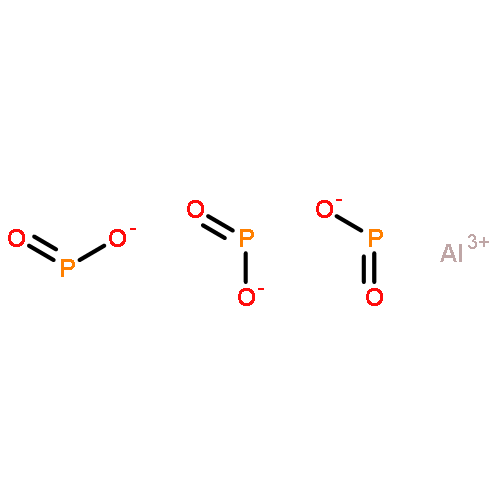Co-reporter: Li Chen, Yuan Luo, Zhi Hu, Gong-Peng Lin, Bin Zhao, Yu-Zhong Wang
pp: 158-165
Publication Date(Web):February 2012
DOI: 10.1016/j.polymdegradstab.2011.11.003
Compared with poly(butylene terephthalate) (PBT), glass-fibre-reinforced poly(butylene terephthalate) (GF-PBT) is difficult to flame retard with halogen-free flame retardants. In the present study, the aluminium salt of hypophosphorous acid (AP) was used as a flame retardant for GF-PBT. A series of flame-retardant GF-PBT composites was prepared via melt compounding. The flame retardance and combustion behaviour of the composites were studied by limiting oxygen index (LOI), vertical burning test (UL-94) and cone calorimetric test. Thermal behaviours and thermal decomposition kinetics were investigated by thermogravimetric analysis (TGA) under N2 atmosphere. The addition of AP to the composites could result in an increased LOI value, a UL-94 V-0 (1.6 mm) classification and a better fire performance in cone calorimetric tests. The char morphology observation after flame-retardant tests, calculation of decomposition kinetics, X-ray photoelectron spectroscopy (XPS) and infra-red spectral analysis of the char residue confirmed the condensed-phase flame-retardant mechanism. Furthermore, the mechanical properties of the flame-retardant composites were not deteriorated, retaining an acceptable level.
Co-reporter: Yuan-Wei Yan, Jian-Qian Huang, Ya-Hui Guan, Ke Shang, Rong-Kun Jian, Yu-Zhong Wang
pp: 35-42
Publication Date(Web):January 2014
DOI: 10.1016/j.polymdegradstab.2013.12.014
A phosphorus-containing inorganic compound, aluminum hypophosphite (AP), was used to prepare flame-retardant polystyrene (PS). The flammability of the PS/AP composites was investigated by the limiting oxygen index (LOI), vertical burning test (UL-94) and cone calorimeter test. When the content of AP reaches 25 wt%, the LOI of PS/AP is 25.6% and it passes UL-94 V-0 rating. The results of cone calorimeter test show that the heat release rate (HRR), the total heat release (THR) and the mass loss rate (MLR) of PS/AP composites are significantly reduced. The thermal degradation mechanism of PS/AP was investigated by thermogravimetric analysis (TGA), Fourier transform infrared spectrometry (FTIR), thermal gravimetric-Fourier transform infrared spectrometry (TG-FTIR), pyrolysis gas chromatography-mass spectrometry (Py-GC/MS), and X-ray photoelectron analysis (XPS) tests. The results indicate that PS/AP has a combined gas-phase and condensed-phase activity in the combustion and degradation of the composites. Consequently, a possible flame-retardant mechanism of PS/AP composites is proposed.
